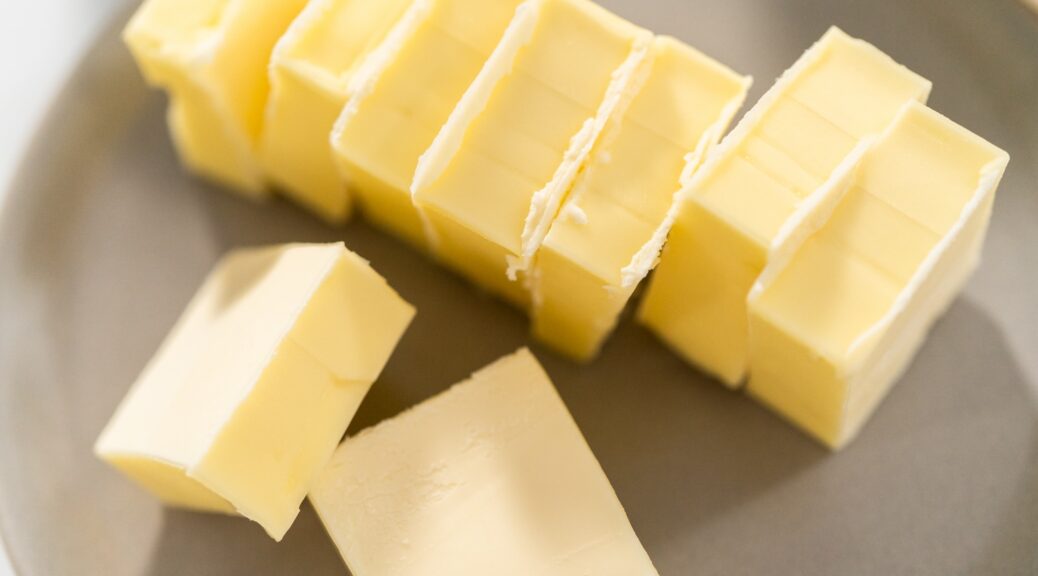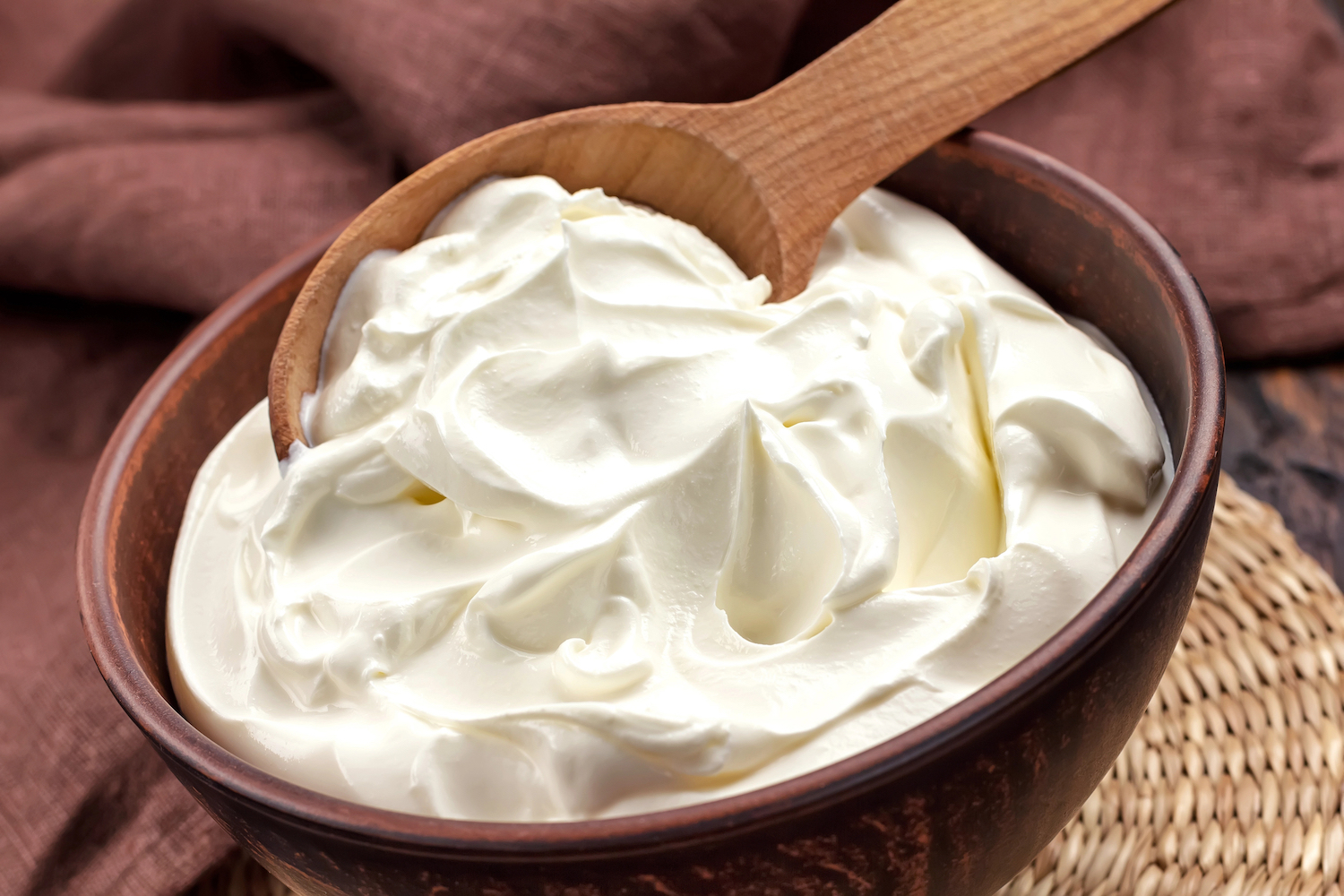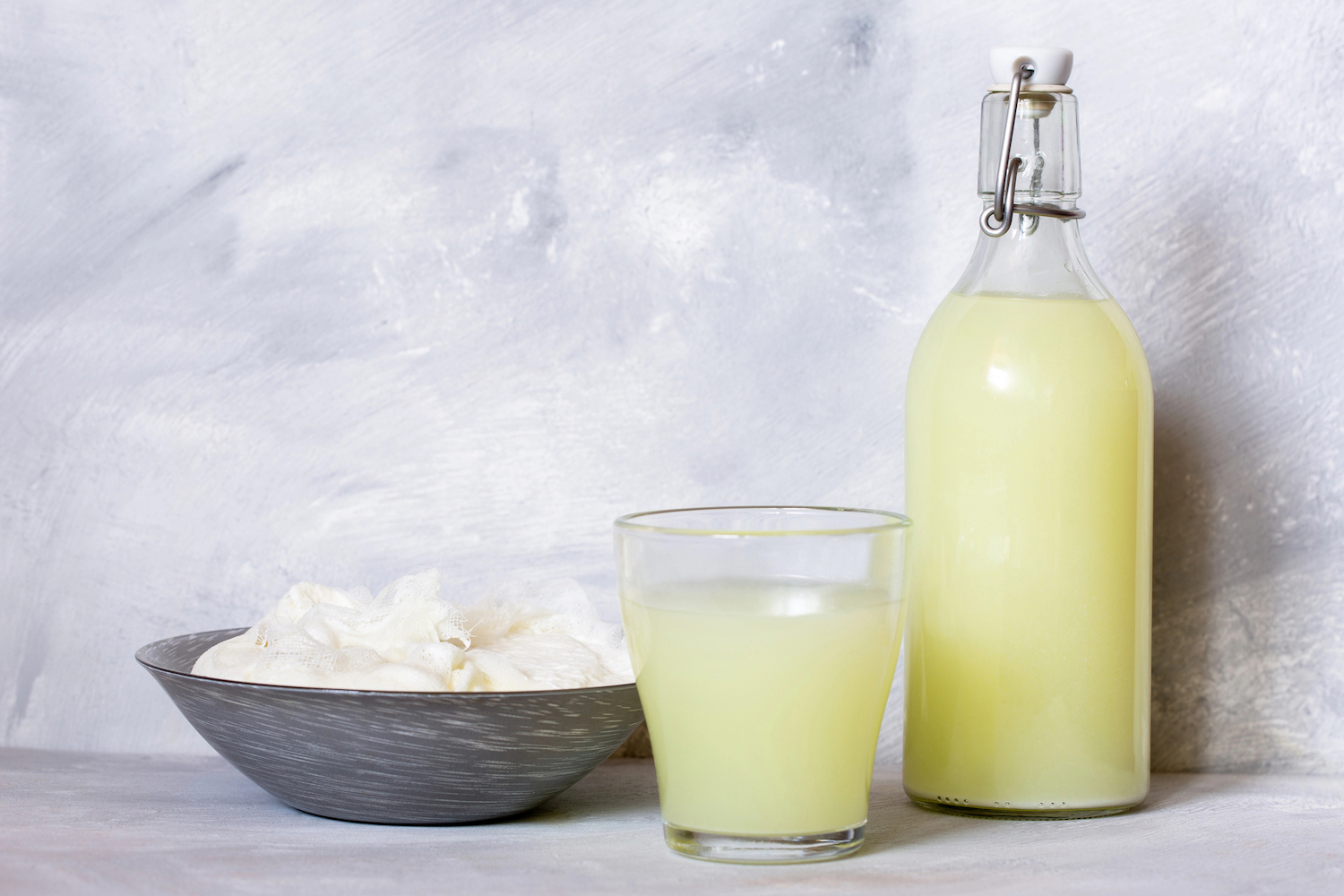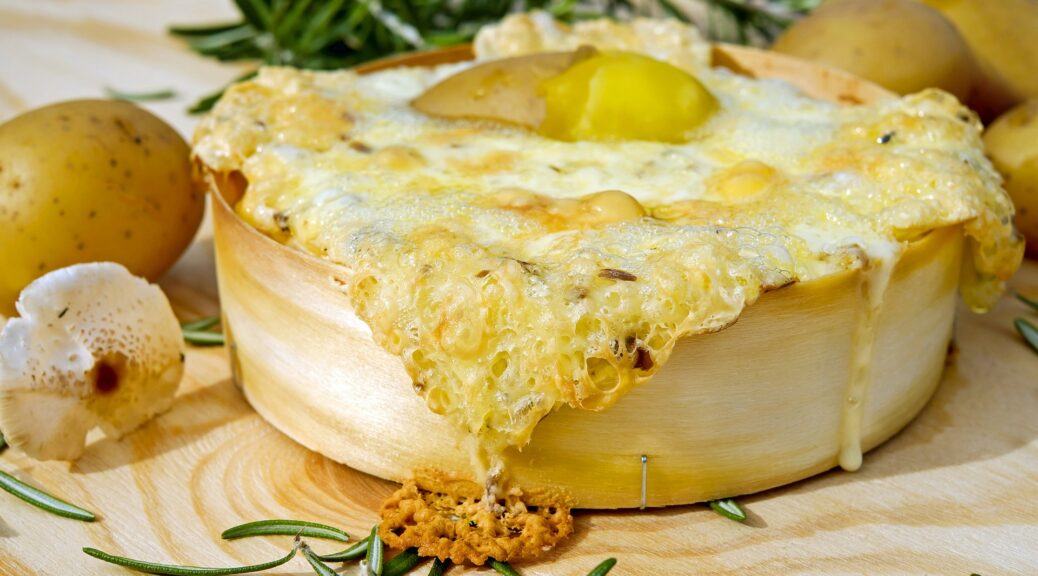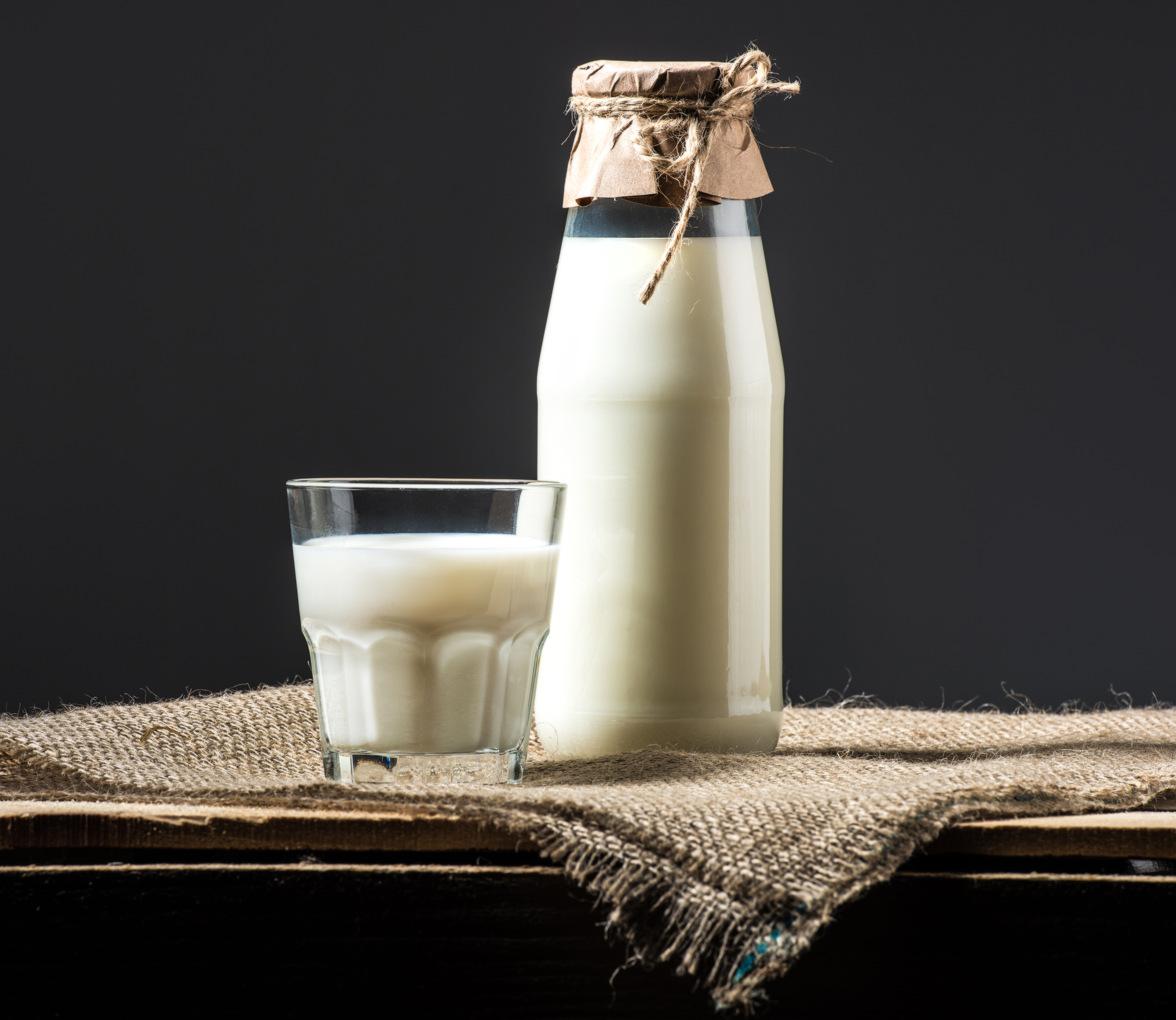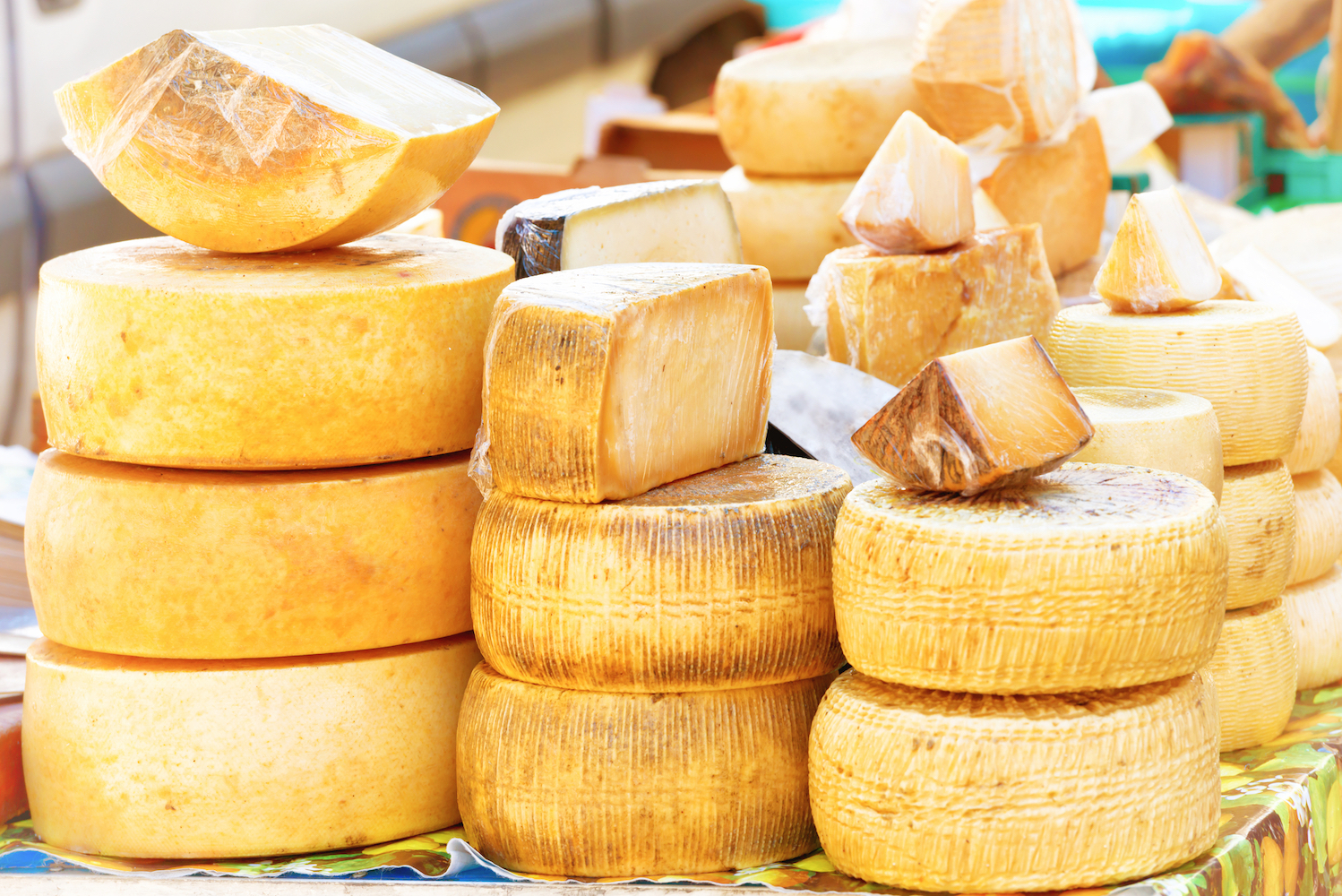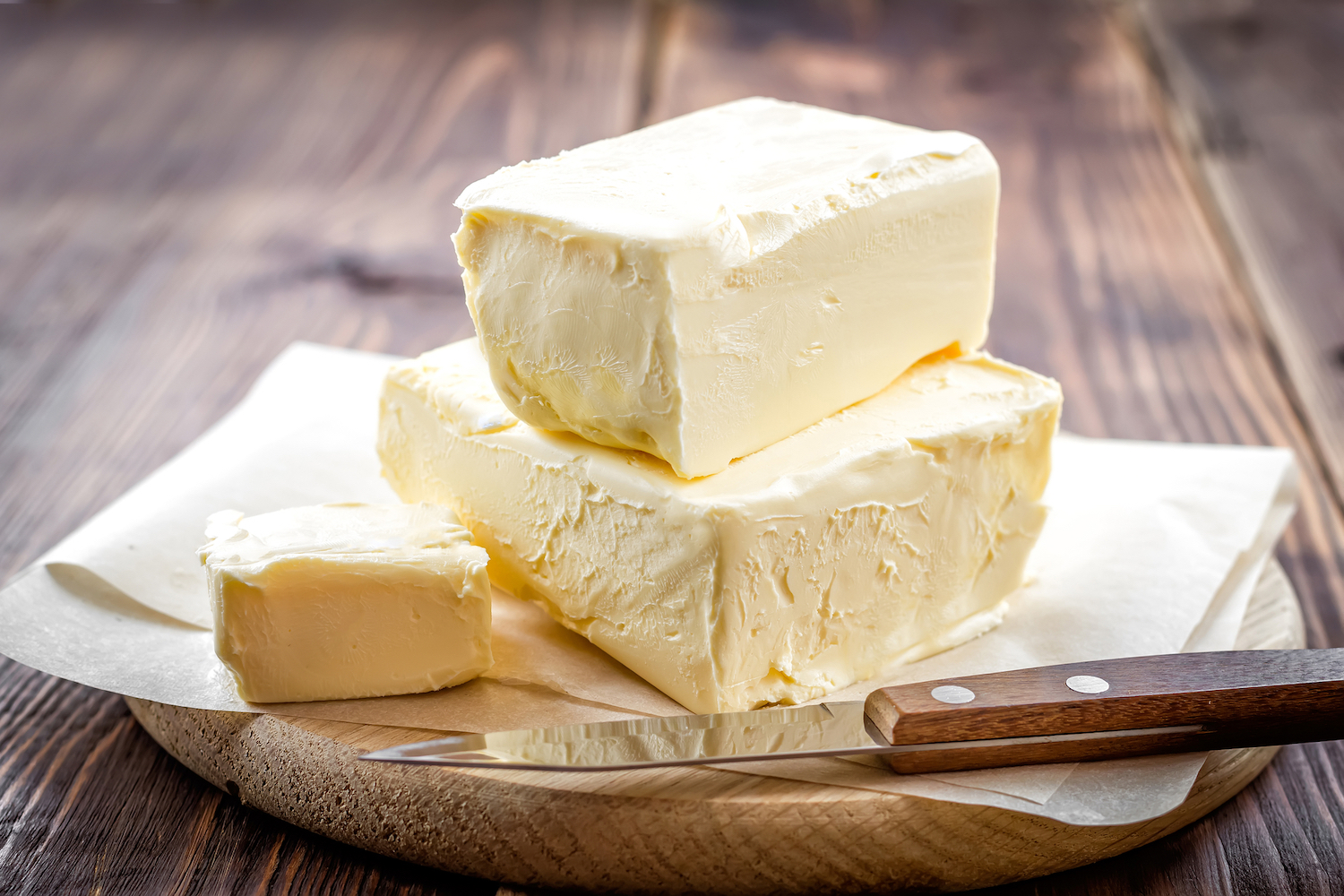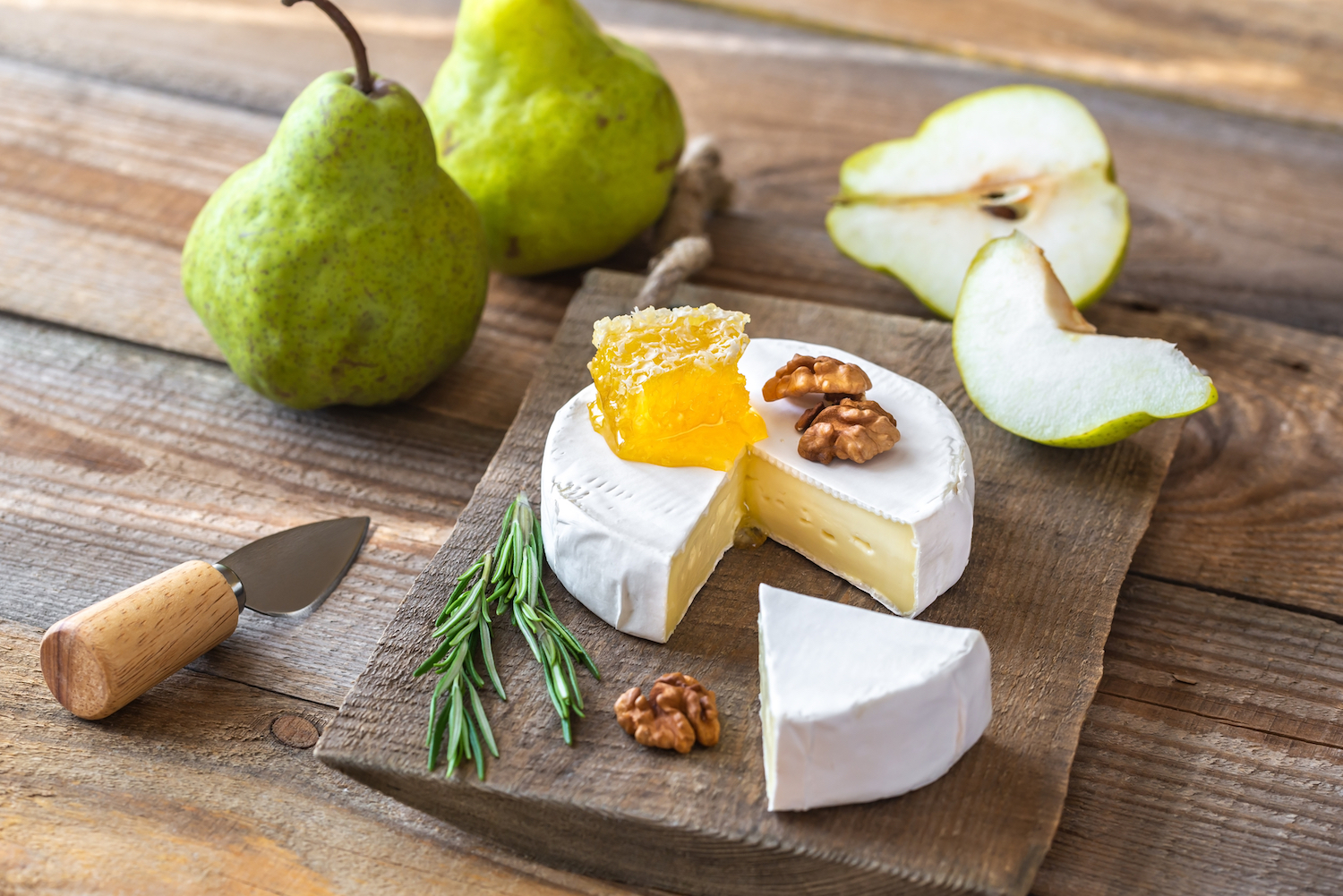The Creation of Margarine and Other Butter Substitutes
Margarine was created in the late 1800s as a cheaper substitute for butter, which is made from the butterfat of milk. Originally, margarine was made from beef fat, and then from lard and various seed oils. Margarine wasn’t accepted right away, and there was often deception in its manufacture. Today, of course, the food industry is much more regulated. INFORMATION BELOW COMPILED FROM 1800s COOKBOOKS BUTTER SUBSTITUTESIn about the year 1870, through a desire to procure a cheaper article than…
